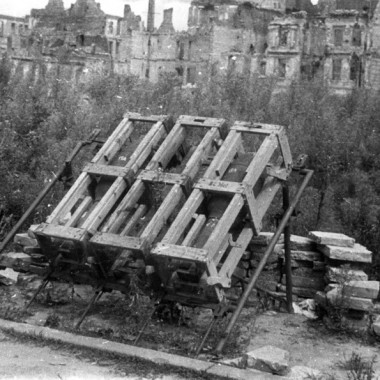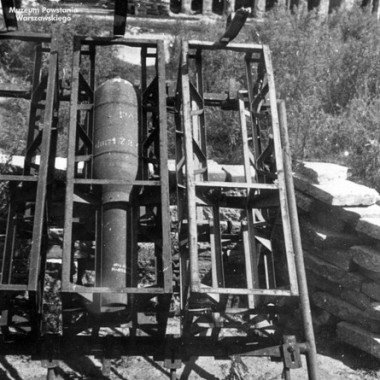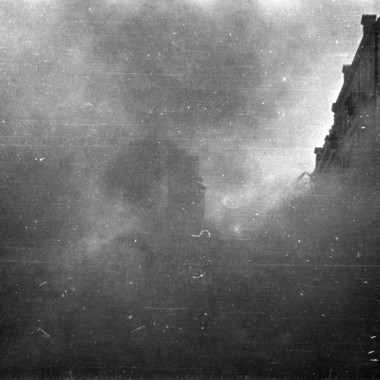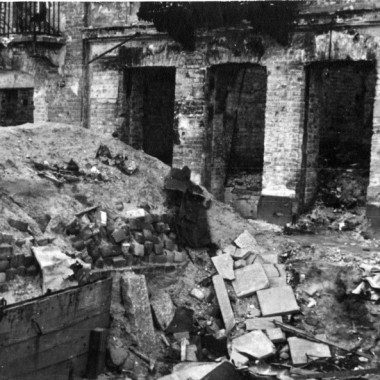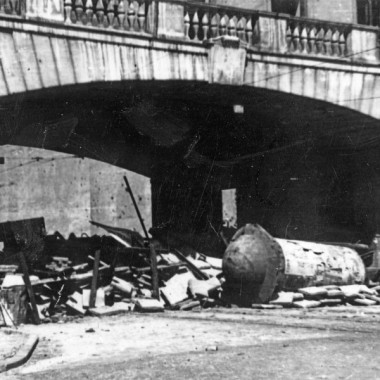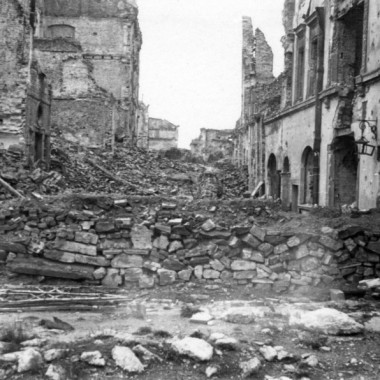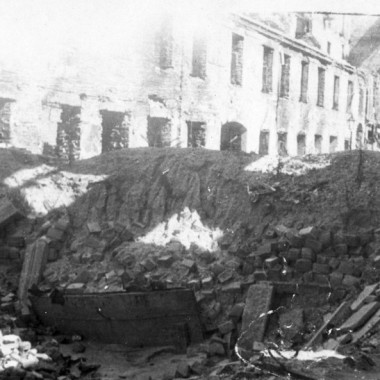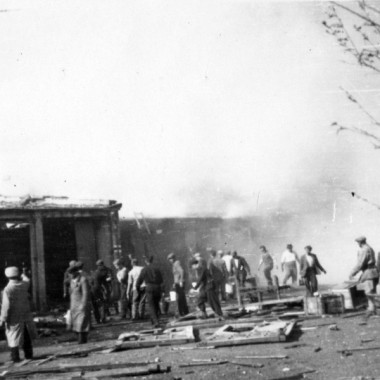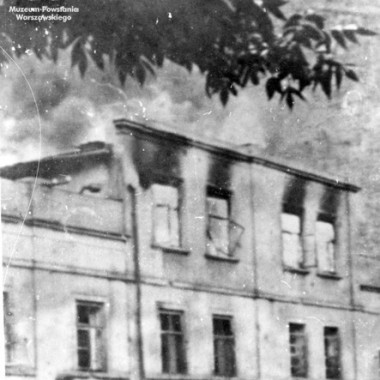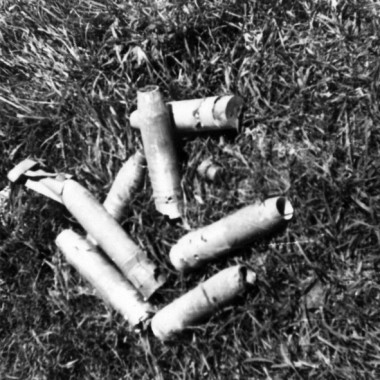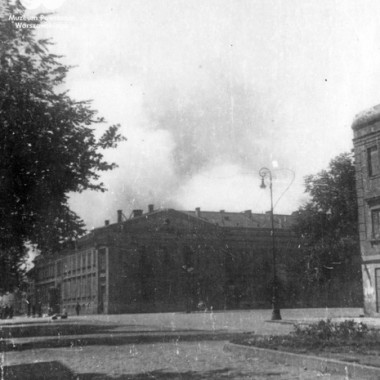Zbigniew Grochowski was born on 31 August 1926 in Lublin. His family was staying in Brest (presently in Belarus) when the war broke out. In late 1939, after first deportations of Polish citizens to Siberia, his parents decided to flee to their relatives in Lublin. However, his father's activity in the underground and arrests among his mother's relatives forced the family to change places once again and move to Warsaw, where they lived until the end of the occupation. In Warsaw, Zbigniew Grochowski graduated from an underground middle school and joined the Grey Ranks, taking part in minor sabotage operations and photographing German-held buildings and street executions.
He spent the first month of the Warsaw Rising at 10 Sapieżyńska Street in the Old Town under the assumed name Stefan Zabłocki. After the fall of the Old Town, he, his mother and brother were evacuated with the civilian population and sent to the transit camp Dulag 121 in Pruszków, and then on into the Reich's territory to work as forced labourers at a German farm. After the war, he settled in his home town of Lublin, where he completed studies in geology at the Maria Curie-Skłodowska University and worked as an educator. In the early 1950s, he was sent to Legnica, where he continued to teach physics and mathematics, and where he lives to this day. Passionately involved in working with the youth, Zbigniew Grochowski organised many trekking tours and summer camps in Poland's most beautiful locations. During the 20 years of his activity in Towarzystwo Wiedzy Powszechnej (Society for Popularisation of Knowledge), he had several hundred educational lectures for village clubs and "Universities for Parents". He remains a promoter of knowledge and remembrance of the Warsaw Rising, devoting much of his time to meetings and lectures. Zbigniew Grochowski has received numerous distinctions and medals for his community and professional activity.
The first group of photographs from Zbigniew Grochowski's collection comes from the time of the German occupation and shows the Old Town from the perspective of a passer-by. Another group, from the period of the Rising, includes several images of fighting Old Town which show young insurgents, first victims and buildings on fire. The third and the largest group comes from 1945 and shows Warsaw right after the war. On the one hand, the photos document the ruins of townhouses and churches, exhumations and inscriptions that commemorate the fallen. On the other, they show residents who are adapting to the new circumstances, the reviving retail trade and services (makeshift advertisements and street stalls), and first stages of the reconstruction.





